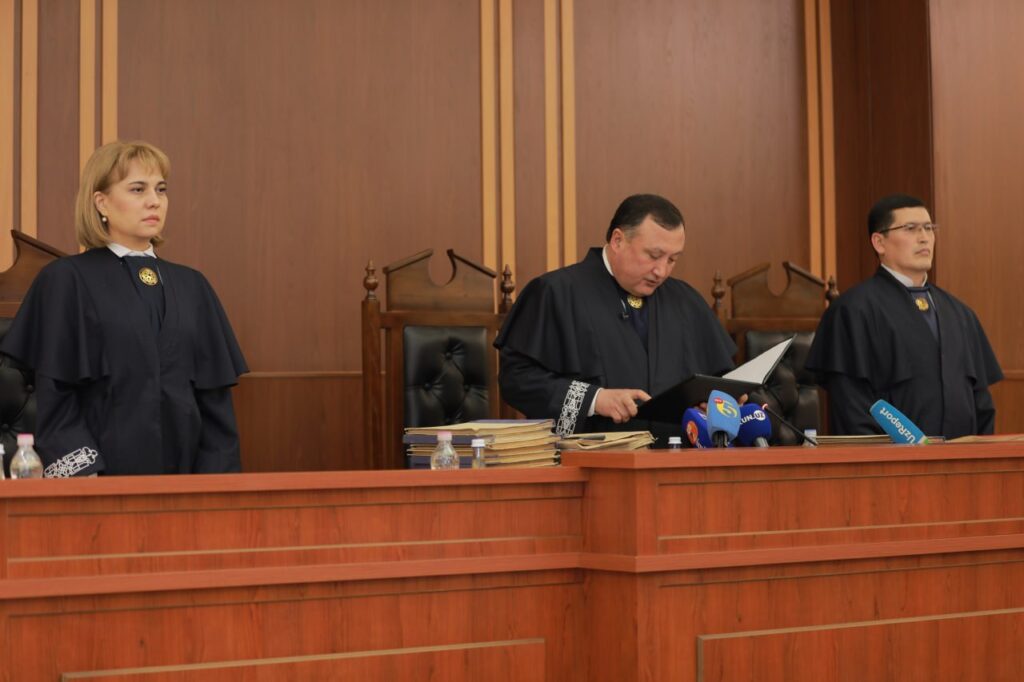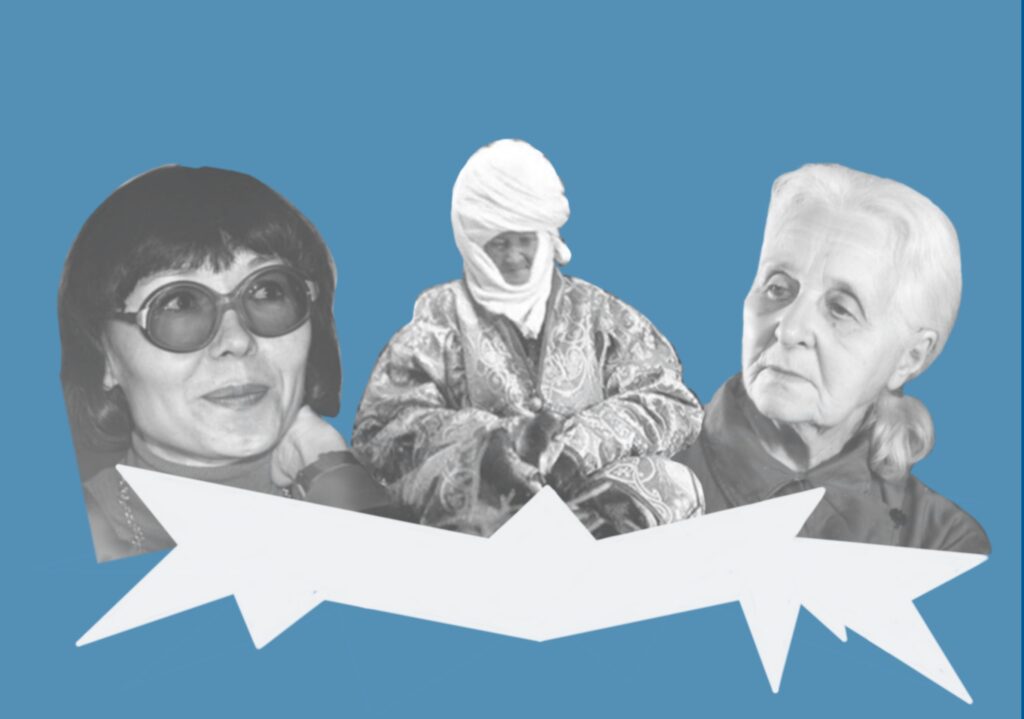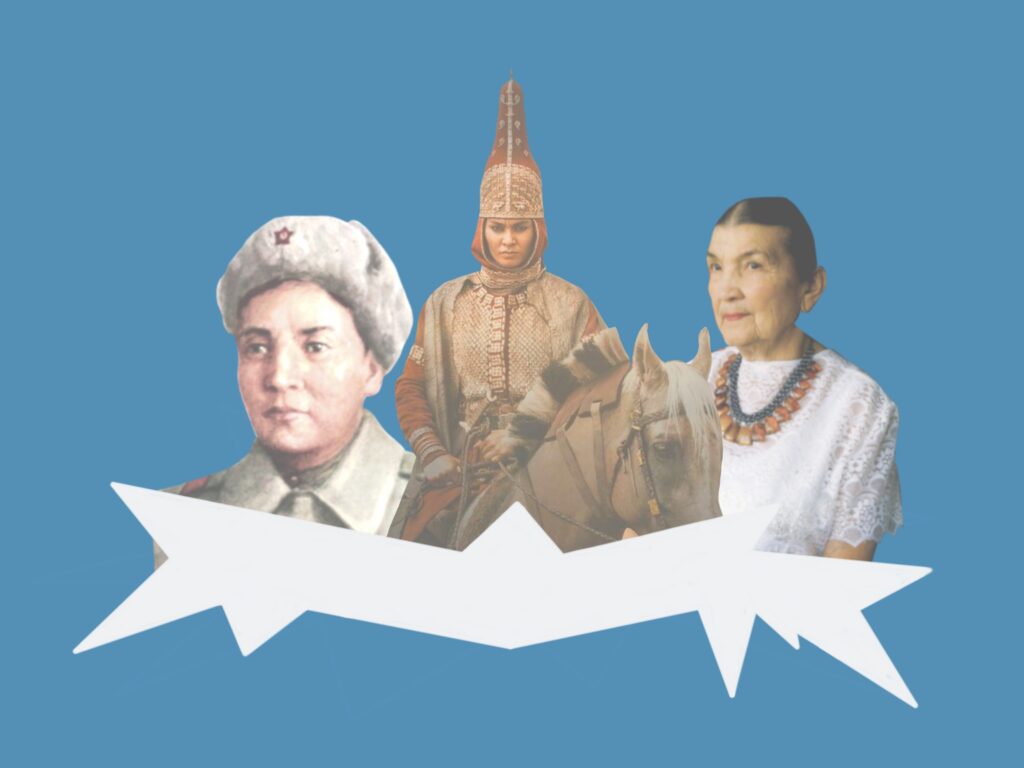Women have played an important role in the history of Kazakhstan, making a significant contribution to the development of the country. They have shown courage, determination and talent in various walks of life, from politics and education to culture. Today, their role is being recognized, and women in Kazakhstan are becoming more aware of their actions than ever before. "I have always been inspired by our women, the women of the great steppe," Karina from Taraz told TCA, "especially in the field of culture, because at that time, such professions were considered solely for men. Thanks to them, we now have the opportunity not only to work in such professions, but also to become respected individuals." "Because of them, I have the opportunity to become whatever I want to be," Alina from Astana told TCA. "Their talent and drive has given freedom to the next generation." Today, on International Women's Day, we take a look at some of the outstanding women whose lives have had a fundamental impact on the course of the nation's history. Tomyris[/vc_column_text][vc_single_image image="15001" img_size="full" el_class="scond-image" parallax_scroll="no" woodmart_inline="no"][vc_column_text woodmart_inline="no" text_larger="no"]A still from the movie, "Tomyris" The name of Tomyris, the Queen of the Massagetes, is well-known in the culture of Kazakhstan, and is a source of pride and inspiration for Kazakhstani women. Queen Tomyris fought the mighty Persian king, Cyrus the Great, demonstrating her military prowess and intransigence. Tomyris won the battle, in which most of the Persian Army was destroyed. According to a legend, she placed Cyrus’ head in a wine fur filled with blood, saying: "You thirsted for blood, king of the Persians, so drink it now to your heart's content." Thus, Tomyris brought peace to her people. Nazipa Kul zhanova[/vc_column_text][vc_single_image image="15002" img_size="full" el_class="scond-image" parallax_scroll="no" woodmart_inline="no"][vc_column_text woodmart_inline="no" text_larger="no"]Photo: kaznu.kz Nazipa Kul zhanova was the first accredited female teacher in Kazakhstan and the first female journalist on the editorial staff of Yenbekshi Kazakh (Working Kazakh). An educator, ethnographer and translator, she became the preeminent specialist in the preparation of the Kazakh alphabet. Among other things, her philosophical articles addressed the role of a woman's place in public life and in the family. A proponent of the importance of education and the active participation of women in the progress and development society, Kulzhanova stated that "A woman is the mother of the people. Only an educated, skillful, free woman is able to raise her people to the level of advanced nations." Nagima Arykova[/vc_column_text][vc_single_image image="15003" img_size="full" el_class="scond-image" parallax_scroll="no" woodmart_inline="no"][vc_column_text woodmart_inline="no" text_larger="no"]Photo: Rate.kz Nagima Arykova was an outstanding woman stateswoman and one of the leading lights of the women's movement in Kazakhstan. She was the author of "The Role of a Woman Commissioner" and "The Struggle for the Rights of Working Women in Kazakhstan." Arykova was the editor of the newspaper Kazakh capital, and was the first woman to become a leading member of the government of Kazakhstan. Manshuk Mametova[/vc_column_text][vc_single_image image="15004" img_size="full" el_class="scond-image" parallax_scroll="no" woodmart_inline="no"][vc_column_text woodmart_inline="no" text_larger="no"]Photo: pochta-polevaya.ru Manshuk Mametova was a machine-gunner during the Second World War and...






